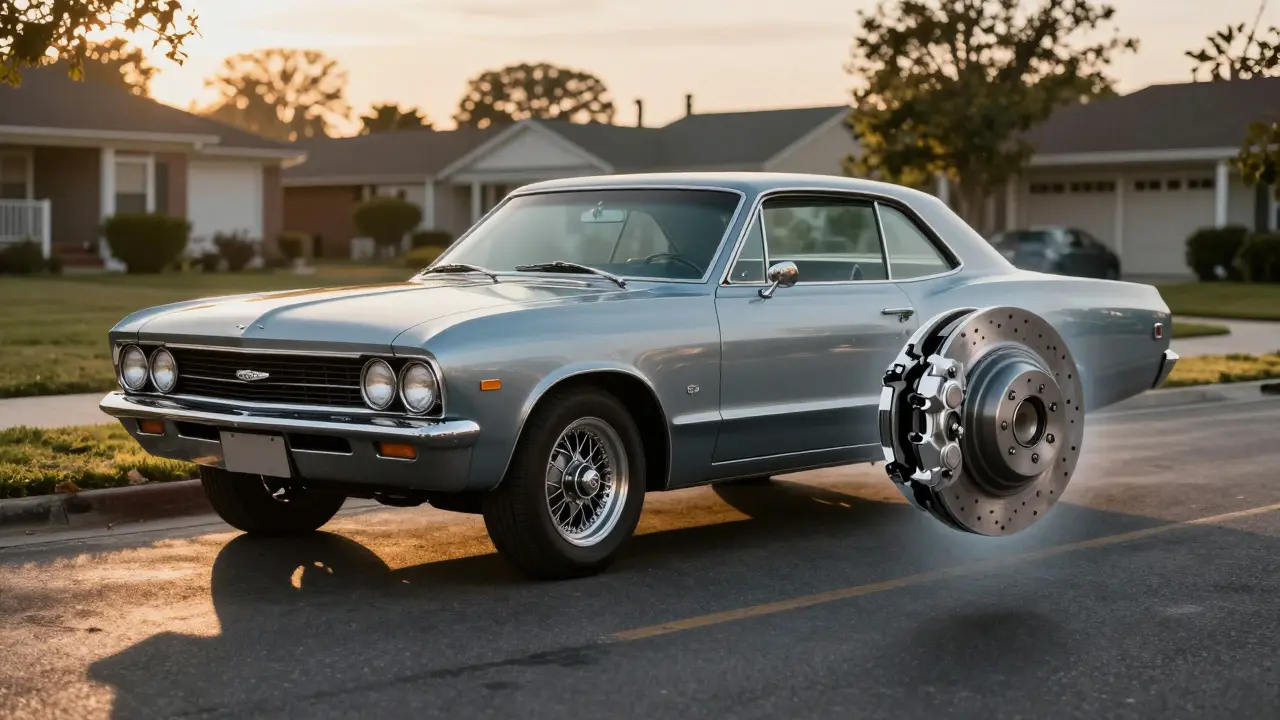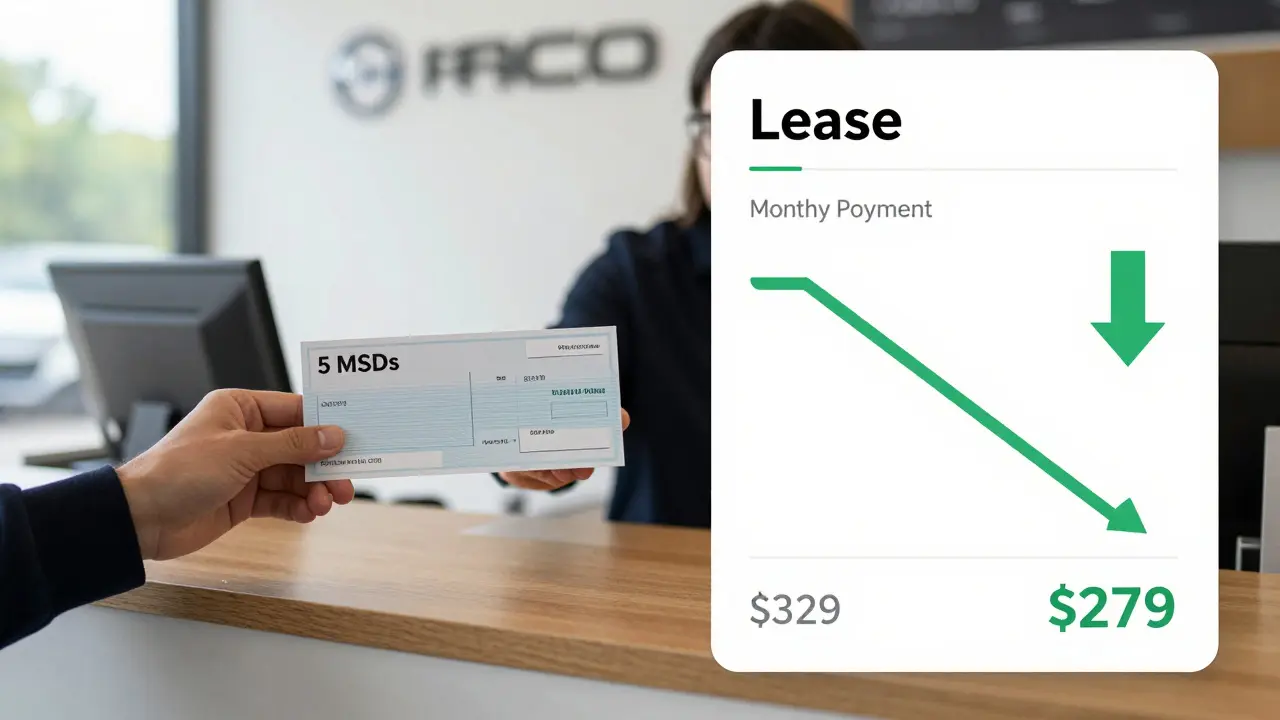Buying Guide for Car Parts: Make Smart Choices for Your Car
Staring at a wall of car parts or endless online options can feel overwhelming. Not sure where to start? You’re not alone. Finding the right part isn’t just about picking the cheapest or the first one you see—it’s about performance, safety, and saving real cash over the long run.
First thing’s first: always double-check your car’s make, model, and year before shopping. Even small variations (like trim levels or engine size) can change which part you need. Pull your VIN (vehicle identification number) if you’re ever unsure. Many online retailers have search tools that use this number to find the right fit.
Next, let’s bust the myth that all replacement parts are built the same. You’ll see two main options—OEM (Original Equipment Manufacturer) and aftermarket. OEM parts are made by the same company that produced your car. They always fit and work as expected, but often cost more. Aftermarket parts, on the other hand, come from outside makers. Quality ranges from great to “don’t touch that.” Read user reviews, look for trusted brands, and skip anything with regular complaints about fit or quick breakdowns.
Watch out for red flags like rock-bottom prices and incomplete listings. If the deal seems too good, it probably is. Some sellers cut corners with materials or simply send out the wrong items. Look for return policies, manufacturer warranties, and real photos—not just stock images. Genuine reviews (not the ones that sound like ad copy) usually reveal if the product and seller are worth your cash.
Don’t skip the "hidden" parts when you’re making upgrades or fixes. Stuff like air filters, brake pads, spark plugs, and even gaskets can make or break your daily drive. Swapping out an old air filter takes minutes but can pump up your fuel efficiency and engine life. The same goes for quality brake components—they’re not flashy, but cheap ones can cost you way more down the road.
If you’re replacing parts for resale value, focus on things buyers care about. Shiny wheels look cool, but a fresh set of headlights or a new water pump will win more points with anyone checking under the hood. Some buyers have an eagle eye for brand reputation, so picking well-known brands often pays off when it’s time to sell.
Online marketplaces and local stores both have upsides. In-store, you can ask about compatibility and walk out the door with the part you need. Online, you’ll often pay less and can read what other drivers say about the part you’re eyeing. Sign up for newsletters to snag coupons or first-timer discounts. Trust your gut if something seems sketchy—your car (and wallet) will thank you.
Good tools and a little research go a long way. Keep your owner’s manual handy and snap pictures of any part before you remove it if you’re doing a DIY fix. Check YouTube for install videos—it’s how many drivers save on labor these days. And if you ever hit a wall, mechanics are a solid backup plan.
Smart car part shopping isn’t just for car pros. With a few savvy moves and a tendency to double-check the details, you’ll keep your ride running smoother for less money, and you’ll dodge the hassle of bad replacements. Remember, buying the right part is step one—everything else is just tightening bolts.

Mastering the Art of Buying Used Cars: Tips and Tricks
- 10 Comments
- Mar, 22 2025
Buying a used car can be a smart financial move if you know what to look for and how to negotiate. This guide provides essential tips for inspecting vehicles, understanding pricing, and ensuring a good deal. Discover how to research a car's history and avoid common pitfalls. With this information, you'll feel more confident when purchasing a used automobile.




